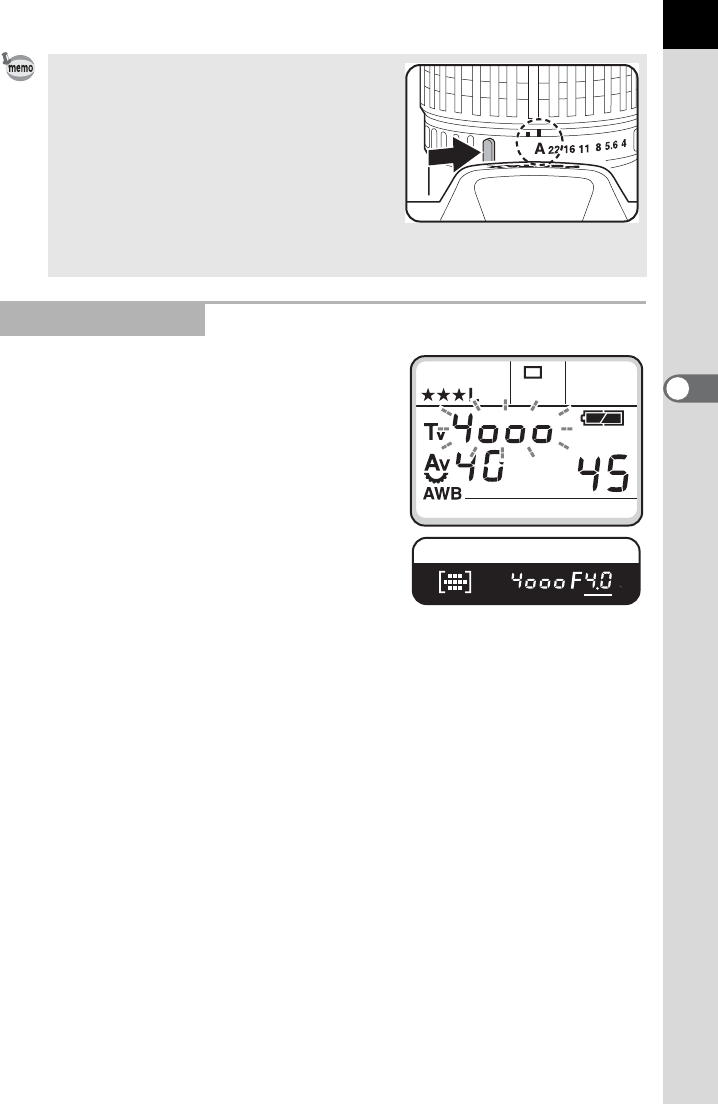Operating Manual
Table Of Contents
- FOR YOUR SAFETY
- PRECAUTIONS FOR BATTERY USAGE
- Handling the Camera
- CONTENTS
- Contents of this manual
- 1 Before using your camera
- 2 Getting Started
- 3 Basic Operation
- 4 Shooting Functions
- 5 Playback Functions
- 6 Settings
- Setting Menu List
- How to Operate the Settings Menu
- Camera Settings
- Formatting a CF card
- Setting the Custom Functions
- Setting the Color Saturation
- Setting the Image Sharpness
- Setting the Contrast
- Setting the Instant Review
- Auto Power Off
- Turning the Beep On and Off
- Changing the Date Style and Date / Time
- Setting the World Time
- Setting the Display Language
- Selecting the Video Output Format
- Setting the LCD Monitor Brightness
- Resetting the File Number
- Setting the Slideshow
- Sensor Cleaning
- Resetting to Default Settings
- Custom Function Chart
- List of City Names
- 7 Connecting
- 8 Appendix
- More Details about Capture Functions
- Effect of Aperture and Shutter Speed
- Calculating flash distance from the aperture used (using built-in flash)
- Calculating aperture used from the flash distance (using the built-in flash)
- F, FA and FA J Lenses Compatibility with the Built-in Flash
- Setting the White Balance Manually
- FUNCTIONS AVAILABLE WITH VARIOUS LENS COMBINATIONS
- Optional Accessories
- Cleaning the CCD
- Precautions Regarding Memory Cards
- Error Messages
- Troubleshooting
- Main Specifications
- Glossary
- WARRANTY POLICY
- More Details about Capture Functions

65
Shooting Functions
4
If the subject is too bright or too dark, the
shutter speed will blink in the viewfinder and
on the LCD panel. When too bright, set the
aperture smaller (larger number), and when
too dark, open the aperture further (smaller
number). Once blinking stops, you can take
the picture.
If both the shutter speed and aperture value
are blinking, this indicates being out of
metering range, unable to obtain the proper
exposure even if the aperture is adjusted.
Use an ND (Neutral Density) filter if the subject is too bright.
Use a flash or faster sensitivity if it is too dark.
• Set the aperture to the s position while
holding down the auto-lock button when
using a lens with an aperture ring.
• The aperture is displayed on the LCD panel
whenever the camera is on.
• You can set a custom function to
compensate the sensitivity automatically to
obtain the proper exposure, when the
conditions set are not providing proper
exposure. See page 115 for setting Custom Functions.
Exposure Warning










